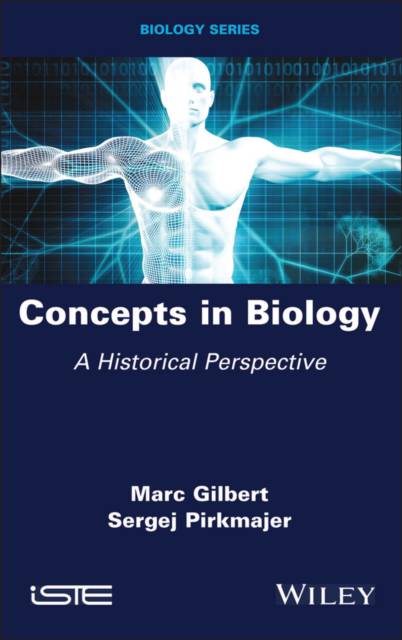
- Afhalen na 1 uur in een winkel met voorraad
- Gratis thuislevering in België vanaf € 30
- Ruim aanbod met 7 miljoen producten
- Afhalen na 1 uur in een winkel met voorraad
- Gratis thuislevering in België vanaf € 30
- Ruim aanbod met 7 miljoen producten
Zoeken
€ 223,95
+ 447 punten
Omschrijving
This book provides a comprehensive review of the history of concepts of the endocrine, nervous and immune systems throughout the last century.
Historically, these systems were long considered as compartments that performed separate and different functions. However, a breakthrough occurred when advances in genetics and cellular and molecular biology techniques revealed that these systems shared molecular entities (such as cytokines, hormones and neurotransmitters) with their cognate receptors.
These molecular links between the three systems broaden our understanding of the regulation of physiological processes. This approach has generated a multiplicity of new concepts, including crosstalk between organs, axis, feedback, molecular sensors, protein multi-functionality, positive and negative signaling ratios and pathways (such as cell signaling, metabolism and stem cell differentiation, to name a few).
The improvement of experimental approaches has often resulted in major discoveries. This, combined with clear reasoning, intuition and coherence gave rise to new and unexpected concepts, and sometimes evolving ones. These new concepts lead the reader to the incredible transformation of biology in recent years.
Historically, these systems were long considered as compartments that performed separate and different functions. However, a breakthrough occurred when advances in genetics and cellular and molecular biology techniques revealed that these systems shared molecular entities (such as cytokines, hormones and neurotransmitters) with their cognate receptors.
These molecular links between the three systems broaden our understanding of the regulation of physiological processes. This approach has generated a multiplicity of new concepts, including crosstalk between organs, axis, feedback, molecular sensors, protein multi-functionality, positive and negative signaling ratios and pathways (such as cell signaling, metabolism and stem cell differentiation, to name a few).
The improvement of experimental approaches has often resulted in major discoveries. This, combined with clear reasoning, intuition and coherence gave rise to new and unexpected concepts, and sometimes evolving ones. These new concepts lead the reader to the incredible transformation of biology in recent years.
Specificaties
Betrokkenen
- Auteur(s):
- Uitgeverij:
Inhoud
- Aantal bladzijden:
- 352
- Taal:
- Engels
Eigenschappen
- Productcode (EAN):
- 9781786309402
- Verschijningsdatum:
- 3/10/2023
- Uitvoering:
- Hardcover
- Formaat:
- Genaaid
- Afmetingen:
- 156 mm x 234 mm
- Gewicht:
- 648 g

Alleen bij Standaard Boekhandel
+ 447 punten op je klantenkaart van Standaard Boekhandel
Beoordelingen
We publiceren alleen reviews die voldoen aan de voorwaarden voor reviews. Bekijk onze voorwaarden voor reviews.











